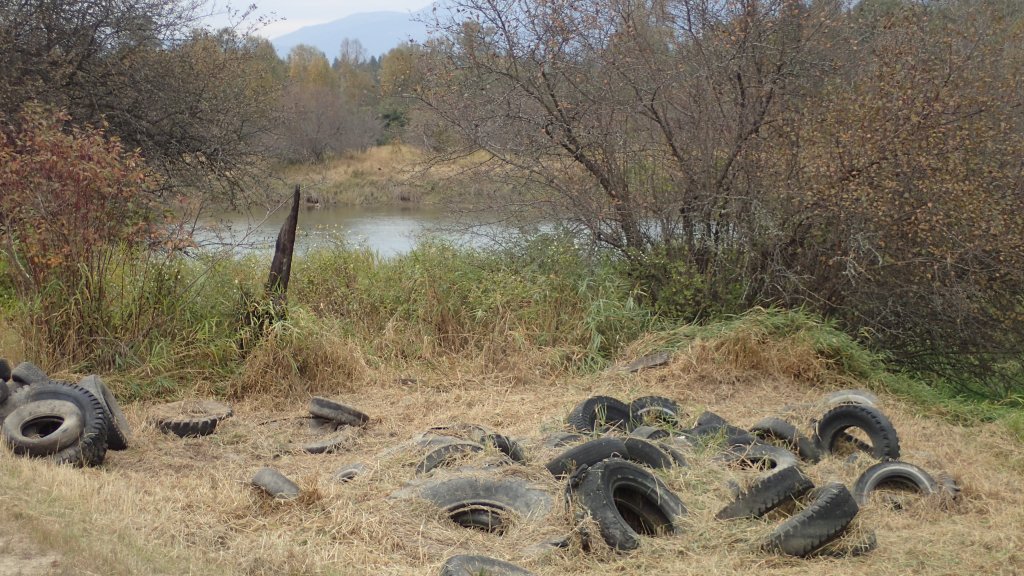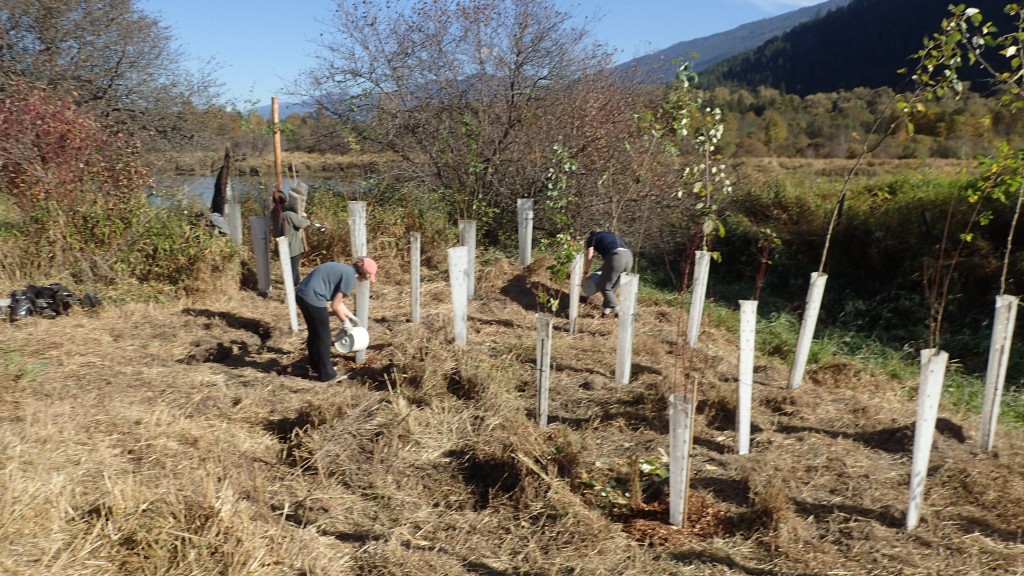Slocan River Streamkeepers coordinate an intensive riverside tree planting, livestock fencing, and bank restoration program. One of the mandates is to enhance fish habitat. Landowners benefit through protection of their riverside land and are able to address riverbank erosion issues. Slocan Valley residents generally want a fully functioning riparian ecosystem.
Efforts in our Slocan River Riparian Restoration project began in 2005. Since we started, we have worked with over 50 private landowners completing 50 projects, or the equivalent of 6km of riparian riverbank restored. Restoration involves site preparation and then the planting and nurturing of native species of trees and shrubs. These trees help to hold and stabilize stream banks, provide wildlife habitat and food, and provide shady areas in the stream along the banks. Tree shade helps to cool water near the banks, improving the environment for fish.
Slocan Valley Riparian Restoration Project 2021
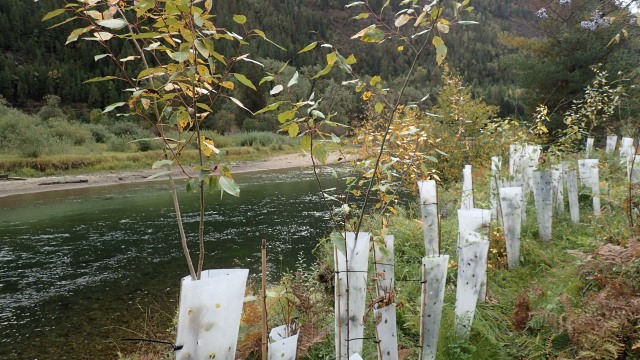
Cottonwood trees with tree protectors September 2021
It’s a fact of our bygone days that cottonwood groves used to be common near the riverside in the Slocan Valley. They provided important habitat and soil-preserving benefits to the riparian areas. Historical land-use practices, and resident attitudes of former times (stretching back many decades), resulted in the clearing or decimation of a great deal of these stream-side groves. However, more recently, attitudes have been shifting.
The Slocan River Streamkeepers, a community organization with an 18-year history, will continue this year to carry out their “Riparian Restoration Project.” The project’s aim is to restore degraded riparian areas at four separate sites along the river, to reduce bank erosion, and create long-term wildlife habitat. Riparian ecosystems are known to benefit fish habitat, and are a positive factor in our engagement with climate change. According to the BC Conservation Data Centre, cottonwood ecosystems of the southern interior are among the rarest plant communities in the province.
Wherewithal to continue Streamkeepers’ work has arrived through the financial support from the Healthy Watersheds Initiative, which is delivered by the Real Estate Foundation of BC and Watersheds BC, with financial support from the Province of British Columbia.
This year, the Streamkeepers’ work will involve planting native trees (cottonwood, willows, red osier dogwood, alder and so on). The young trees will be protected from beavers by a combination of tree protectors and fencing.
Integral to the project, Streamkeepers will install 50 bird nesting boxes (short-term habitat) along Slocan River for species at risk, including Lewis’s woodpecker, western screech owl, and barn swallows — and for other, not-at-risk species, such as violet-green and tree swallows. Some bat boxes will also be installed.
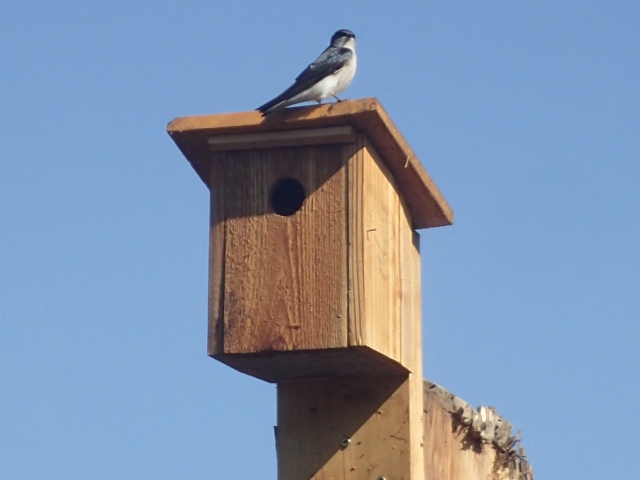
Tree swallow on nesting box May 2021
Another dimension of the project includes monitoring of the sites to document the plants already established and survival rate of the newly established trees, also to ascertain how many birds have nested in previously installed nesting boxes, as well as how many will nest in 2021. Likewise, it will document the use of the already installed bat boxes, and the new ones to be installed this year.
In support of the restoration of damaged riparian ecosystems, the HWI funding will help in creating six part-time jobs in the Valley. The Slocan River Streamkeepers are extremely grateful for the support of this work by Healthy Watersheds Initiative, the Real Estate Foundation of BC, Watersheds BC, and the financial support from the Province of British Columbia.
Other funding for this project provided by Columbia Basin Trust, FortisBC and The Nature Trust of British Columbia.
In keeping with the Streamkeepers’ established approach, the group will continue their public outreach with local residents and landowners, sharing information about the importance of protecting riparian areas (or restoring, when needed).
Slocan River Streamkeepers turns tires into trees!
Recently, a long-awaited project along the Slocan River was finally completed. Over 30 years ago, a local landowner was working on some bank stabilization for his property. Back in those days there were fewer regulations and used tires (and other recycled materials) were often used to stabilize the banks along the river. Today the tires are not welcome along the riverbank, and bank stabilization projects will use either rocks, logs or living trees, or sometimes a combination of all of the above, instead.
The landowner eventually passed away before completing the project, and a large pile of used tires were left near the river in the floodplain. At high water the tires would be under water for many weeks, and when the river went down in mid or late summer the tall reed-canary grass would cover the tires, and they were then left ignored.
After many years and many conversations with local people and government agencies, it seems that nobody wanted to take responsibility to dispose of the tires properly.
Slocan River Streamkeepers (SRS) eventually took on the initiative to solving that issue. After securing a small amount of money from RDCK to cover the fees and the cost of bringing the tires to the transfer station, SRS also received some financial support from Fish and Wildlife Compensation Program to replace the tires by planting native trees & shrubs.
Synchronicity brought out a small group of energetic young people to help out with the effort. Youth Climate Corps, a project managed by Wildsight, supplied a group of seven motivated youth to the Slocan Valley for five days to help local organizations with environmental and educational projects, and to look at implementing solutions in regards to climate mitigation and adaptation. They were very keen to help out with the tire cleanup project.
We found out that the transfer station would not accept the tires if they were covered with soil or grasses. So early in the day, the tires were lifted off the ground with pry bars and other tools and then brought out along the road to be washed. After a good clean-up, a small group of local volunteers showed up with their pickup trucks to load up the tires and haul them away to the transfer station in Ootischenia. (Slocan transfer station only accepts smaller tires and there were a mix of large and small tires at the site). Except for one truckload, the tires were all removed and sent away that day. In the end, a total of 104 tires were removed from the site.
The next day, our group of young enthusiasts were ready to start planting trees. Holes were dug and a total of 50 native trees and shrubs including willows, cottonwood, red osier dogwood and mountain alders were planted as well as some red cedars and spruce for higher ground. Tree protectors were also installed on the trees, as this area is also regularly visited by local beavers. Trees were mulched with wood chips and watered at the end of the day.
Another part of the project was to install some bird nesting boxes. Five tall cedar posts were planted and bird boxes installed. The main purposes of the bird boxes is to attract cavity nesting swallows (tree swallow and violet-green swallow) to help reduce the local mosquito population in summer.
In the last three years, Slocan River Streamkeepers have installed over 100 bird nesting boxes and 12 bat boxes along the Slocan River to help minimize mosquito population. They are already seeing over 50% occupancy in the birdhouses and some sites have 100% occupancy. So the birdhouses are for short-term housing needs and the trees and shrubs are planted for longterm habitat for birds and other wildlife. Trees planted along the riverbanks also help reduce bank erosion and eventually provide shade and help cool down the river (cooler water offers better condition for fish population). As the trees get bigger and older they will eventually fall down in or along the river and provide habitat for fish and other wildlife.
In the last 15 years, Slocan River Streamkeepers have implemented over 50 riparian restoration projects including three with fish habitat recruitment structures and two wetland restoration projects. SRS are often looking for properties along the river to implement more riparian restoration projects when neded.
SRS also invite people to volunteer or become members ($10/yr) and make a small or large donation to help with restoration work as well as water monitoring, scientific research and public outreach.
Slocan River Streamkeepers would like to thank all our volunteers and everyone who helped make this project happen!
Thanks to Youth Climate Corps (a youth program managed by Wildsight) Thanks to YRB (Winlaw)
Thanks to our funders and sponsors for this project:

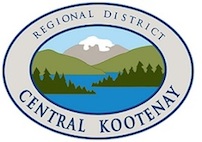
& Thanks to all the generous donors!
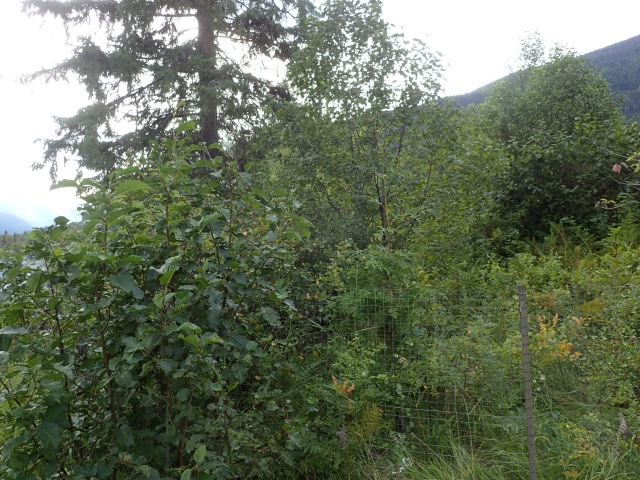
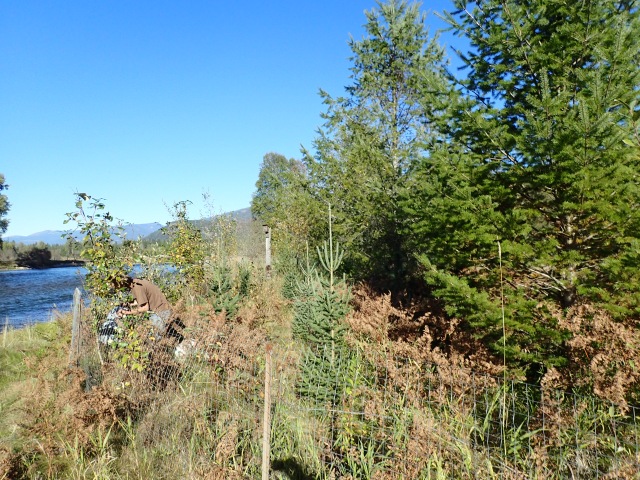
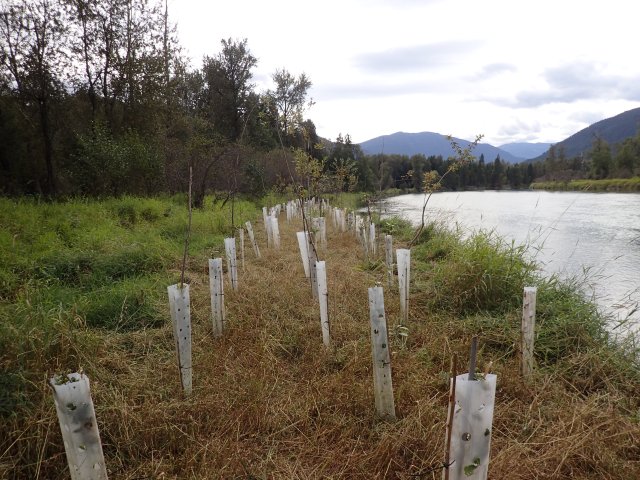
A mix of native willows and cottonwood are growing in this riparian restoration project in Appledale, BC Tree protectors are used to protect the trees against beavers and voles.
The grass is mowed in Summer to minimize competition with the trees. September 2019
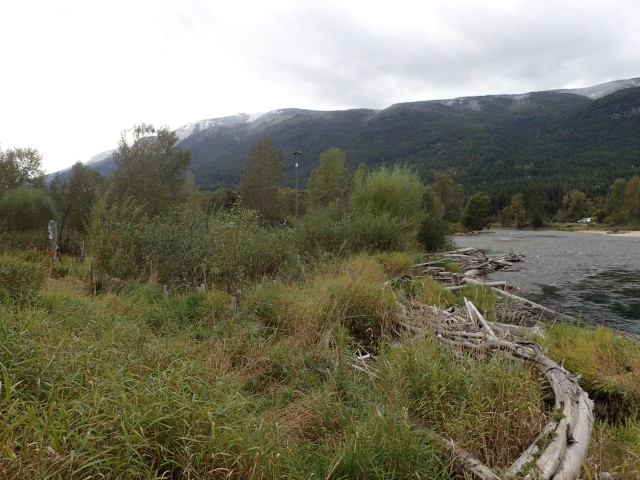
A well established riparian planting along the river. This project also included fish habitat recruitment structures. September 2019.
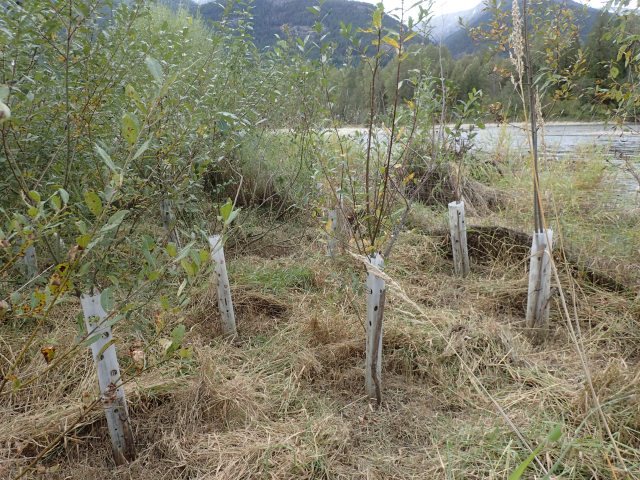
A mix of native willows, cottonwood and mountain alders getting well established along the river. September, 2019
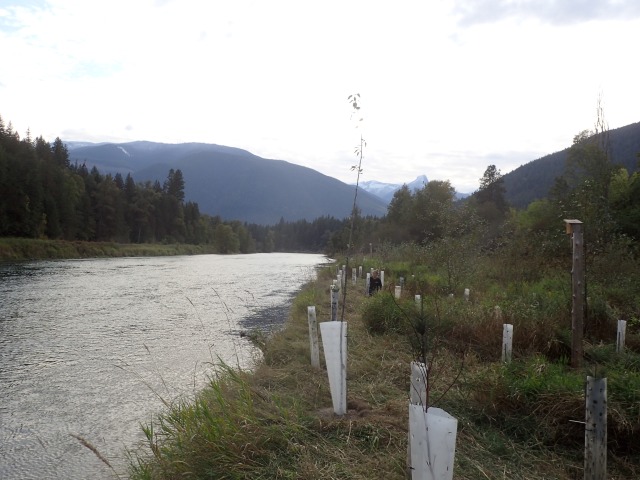
Maintenance work in the riparian restoration project. Tree protectors are used to prevent damages from beavers and voles. The bird nesting boxes were installed in 2019.
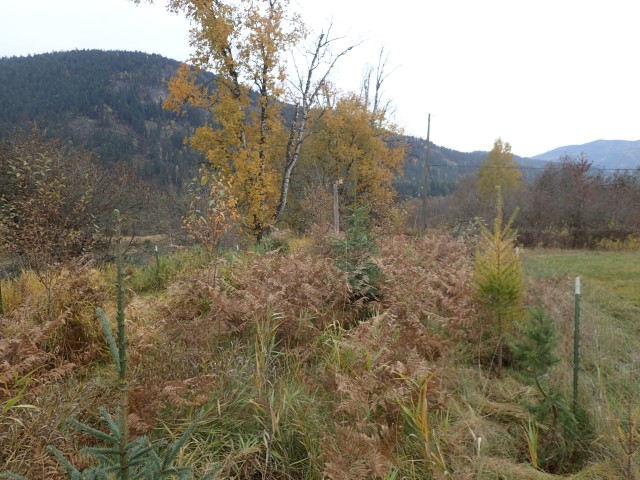
A mix of evergreen and deciduous trees are getting established before the mature white birch tree dies back and fall to the ground. October 2019
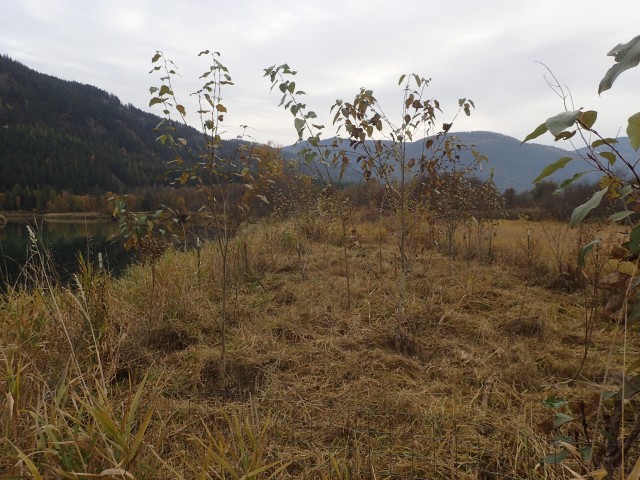
Cottonwood trees are getting established along the river. October 2019
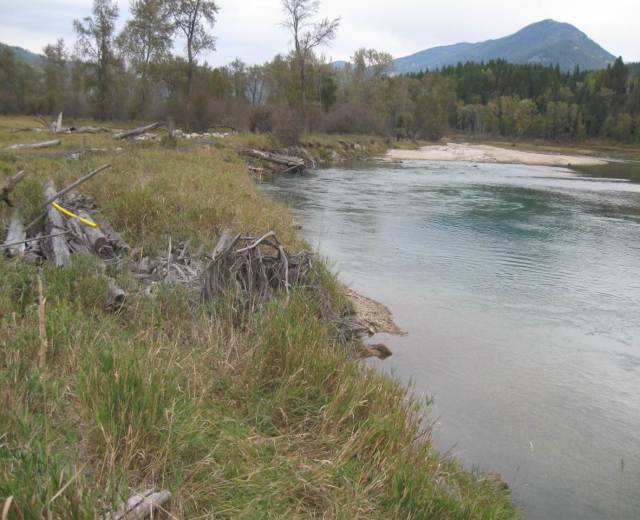
∧ Before the restoration project
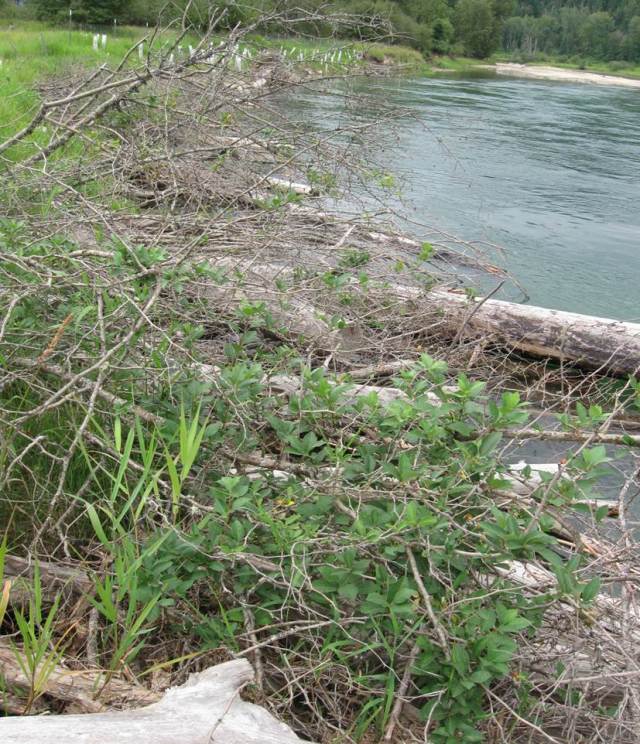
∧ After the riparian restoration project that included habitat recruitment structures.
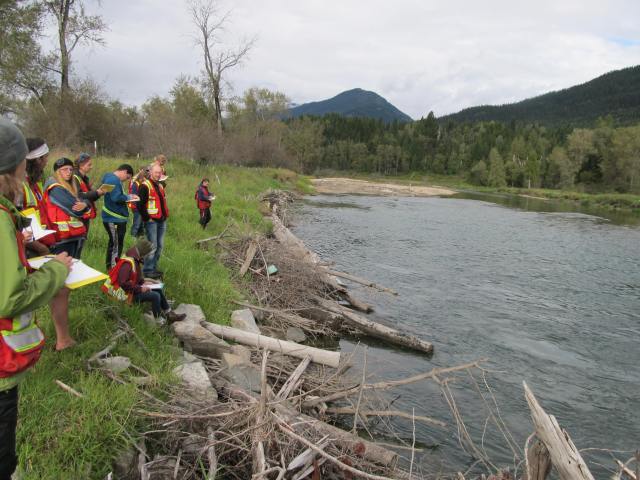
∧ Selkirk College’s students observing the riparian restoration project.
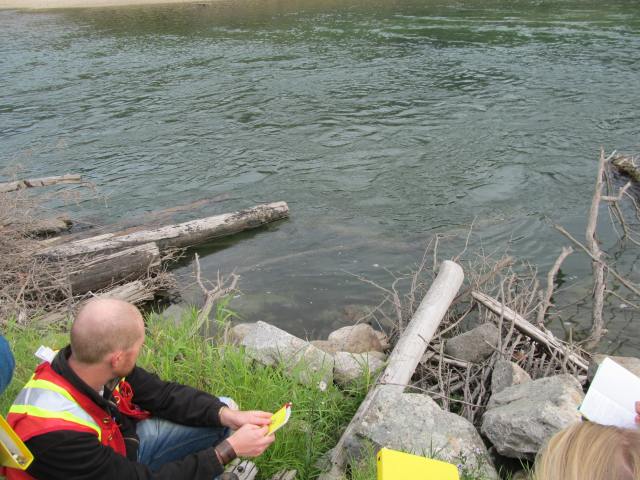
∧ Selkirk College’s student observing rainbow trout in the habitat recruitment structures.
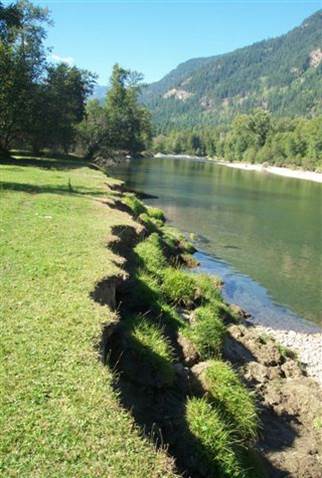
∧ Before
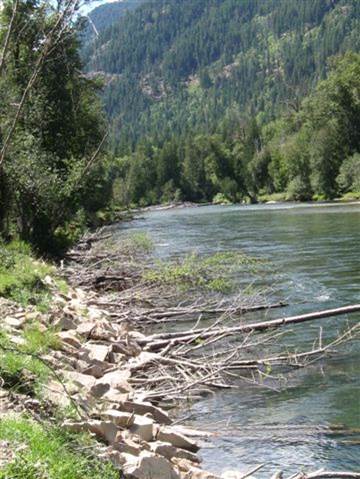
∧ After. This riparian restoration project also includes habitat recruitment structures.
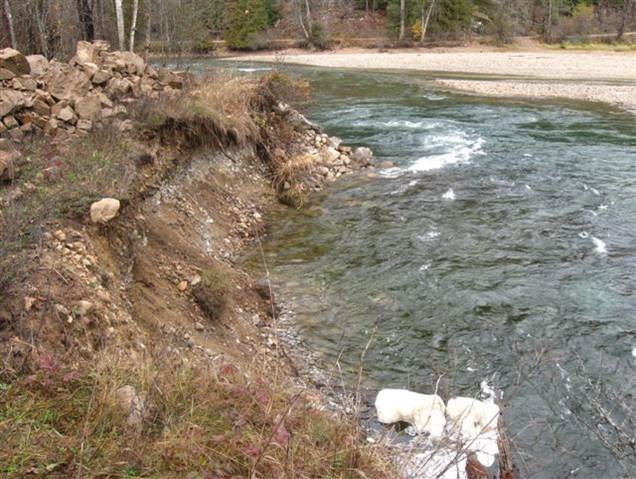
∧ Before
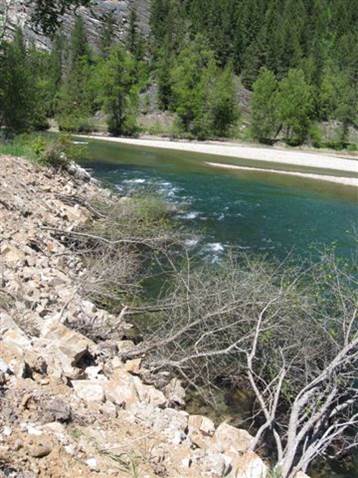
∧ After. This riparian restoration project also includes habitat recruitment structures.
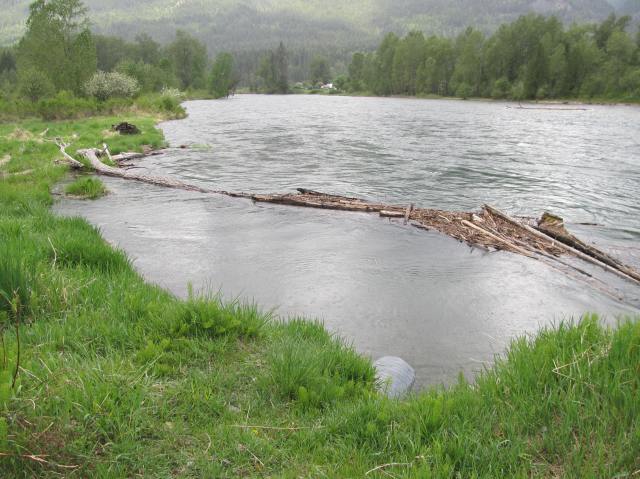
∧ Before
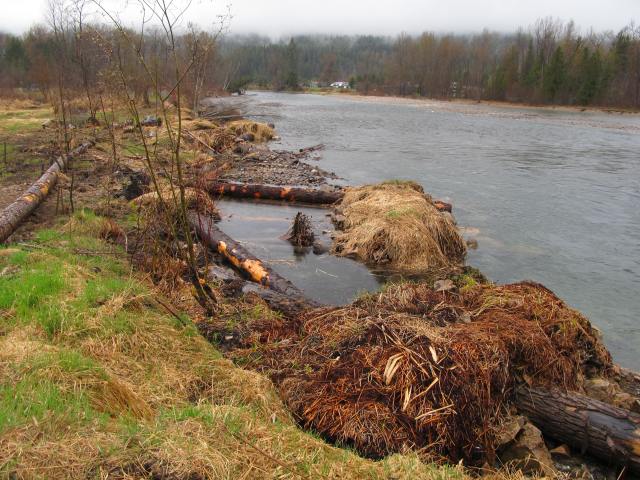
∧ After. This riparian restoration project also includes habitat recruitment structures.
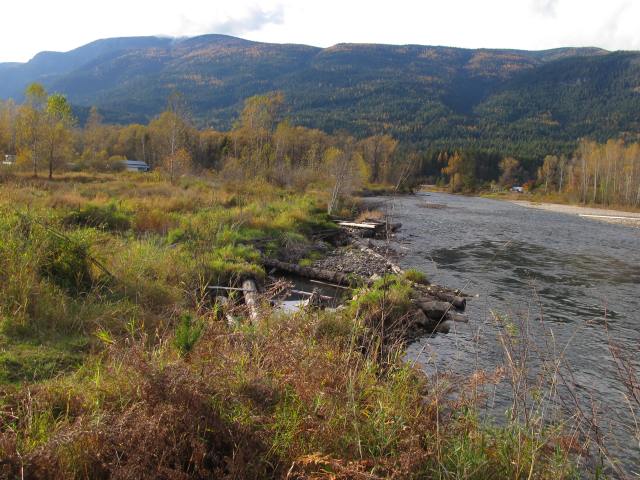
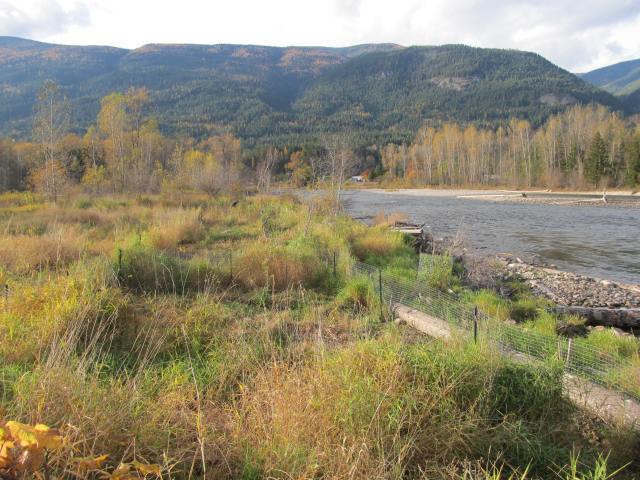
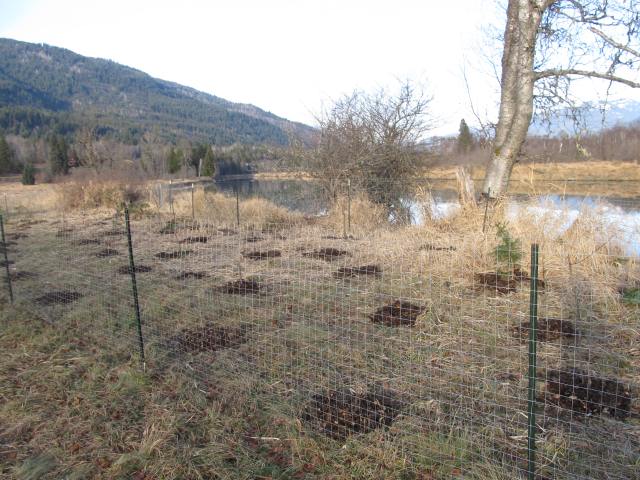
∧ Mulching trees with wood chips to control weeds, hold moisture and add nutrient to soil.
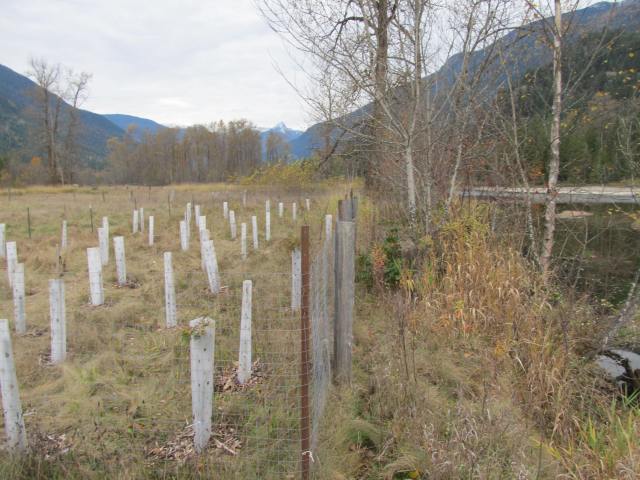
∧ Stucco wire fences protect the trees from the beavers, the white plastic protectors protect the trees from vole damage.
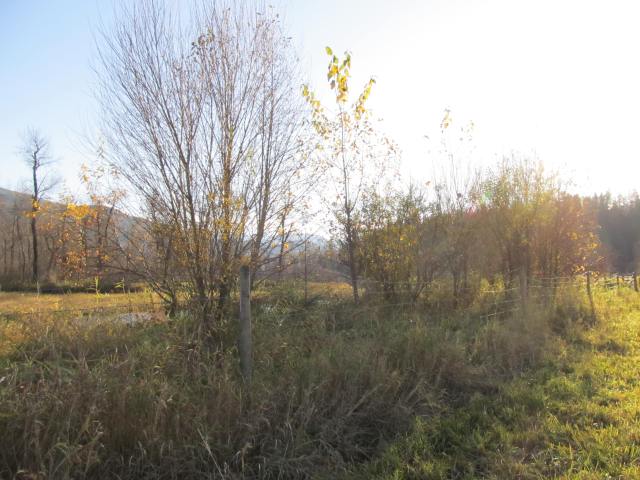
∧ A riparian restoration project implemented in 2005.
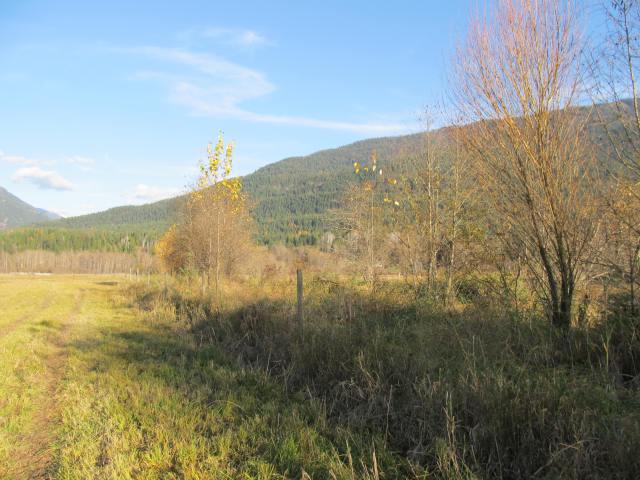
∧ A riparian restoration project implemented in 2005.
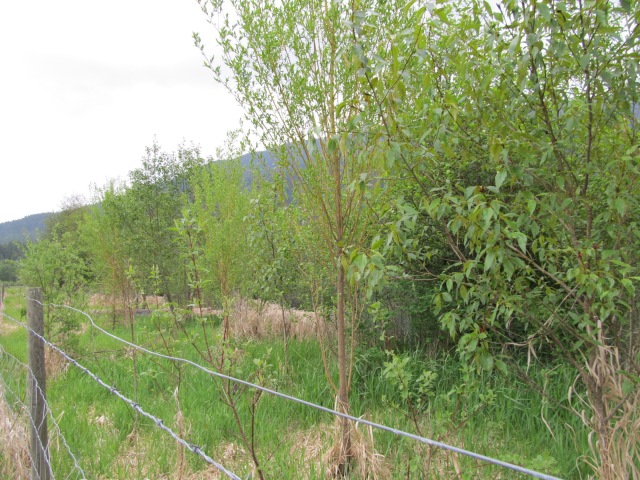
∧ A riparian restoration project implemented in 2005.
The Slocan River Streamkeepers would like to thank all the funders, land owners and volunteers for their support throughout the years.
Funders for the Slocan River Riparian Restoration Program have included:
Columbia Basin Trust
Columbia Power Corporation
Fortis BC
ARDCorp

